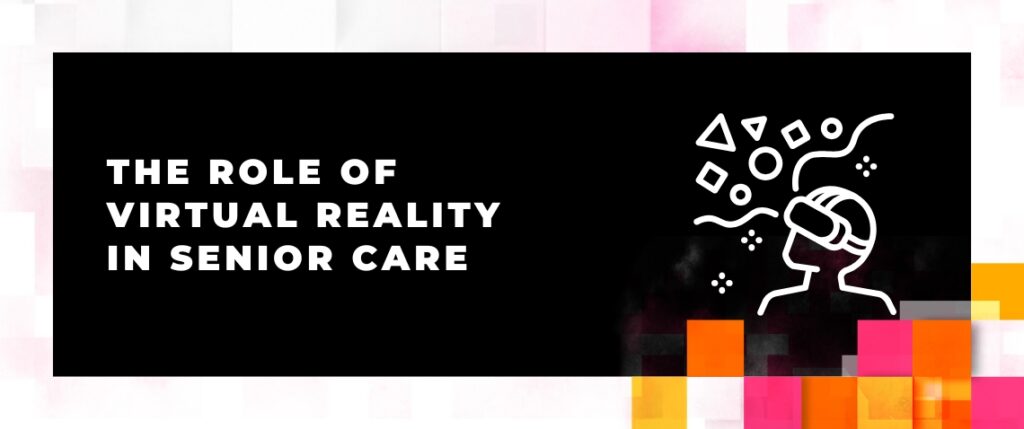How Immersive Technology is Reshaping Senior Living Communities
From telehealth to automated medication reminders, technology continues to redefine what’s possible in senior care. But one innovation is turning heads — and changing lives — in a truly immersive way: Virtual Reality (VR).
Once associated mainly with gaming or entertainment, VR is now being embraced by forward-thinking senior living communities to improve experiences, outcomes, and operations. Whether you’re training new staff, guiding prospective residents on virtual tours, or creating moments of joy for older adults, VR has powerful potential to elevate care and connection.
Here’s how.
1. Training Senior Care Staff with Confidence
Staffing challenges remain one of the biggest issues in senior care. High turnover, rapid onboarding needs, and inconsistent training methods can impact care quality. VR offers a solution that’s not only effective — but engaging.
With VR training, caregivers can:
- Practice real-life scenarios like dementia care or fall prevention in a risk-free environment
- Gain empathy through immersive experiences that simulate sensory impairments (e.g., macular degeneration or hearing loss)
- Retain information more effectively through interactive learning compared to passive methods like lectures or videos
Tools like Kaleidoscope XR are already being used by senior living communities to create immersive, customizable staff training modules. These help build confidence, competence, and compassion — all without leaving the office.

2. Bringing Virtual Tours to Life
In today’s digital-first world, the decision to move into a senior living community often starts online. But photos and videos can only go so far in helping families picture daily life in your community.
That’s where VR tours come in.
With virtual tours, you can:
- Let families explore suites, amenities, and dining areas from the comfort of their homes
- Offer immersive previews for adult children who live out of town
- Showcase lifestyle features like fitness classes, happy hours, or nature trails in a compelling, 360-degree format
This isn’t just a marketing gimmick — it’s a valuable decision-making tool that builds trust and transparency early in the sales process.
3. Enhancing Resident Wellbeing
VR isn’t just for operations — it’s also creating meaningful moments for residents. Research shows that virtual experiences can reduce feelings of isolation, stimulate cognitive function, and even improve mood in older adults.
VR can be used for:
- Reminiscence therapy: Residents can “visit” familiar places from their past or explore new destinations they’ve always dreamed of seeing
- Relaxation: Nature scenes, meditative landscapes, or musical experiences can provide calming sensory input
- Engagement: Group VR sessions can become interactive social activities, promoting connection and conversation
Some communities even use VR to support residents with dementia by reducing agitation and encouraging positive engagement.

4. Supporting Family Connections & Education
Families want to be involved — but often don’t know what to expect when a loved one moves into care. VR can be used to educate families on the aging process, caregiving challenges, or what daily life looks like inside the community.
Imagine a daughter being able to walk through her mother’s suite before move-in or experience a simulated dementia care scenario to better understand her mother’s needs. VR makes this possible in a way that’s intuitive and empathetic.
The Future is Immersive — and It’s Already Here
Virtual Reality may sound futuristic, but its impact on senior care is already being felt today. From improving staff training to elevating marketing and enhancing quality of life, VR offers a powerful, modern toolset for communities that want to lead with innovation and care.
At CITIZEN, we’re proud to partner with senior living communities that are embracing new technology to improve outcomes. If you’re ready to explore how tools like Kaleidoscope XR can fit into your community’s growth plan, we’d love to talk.





